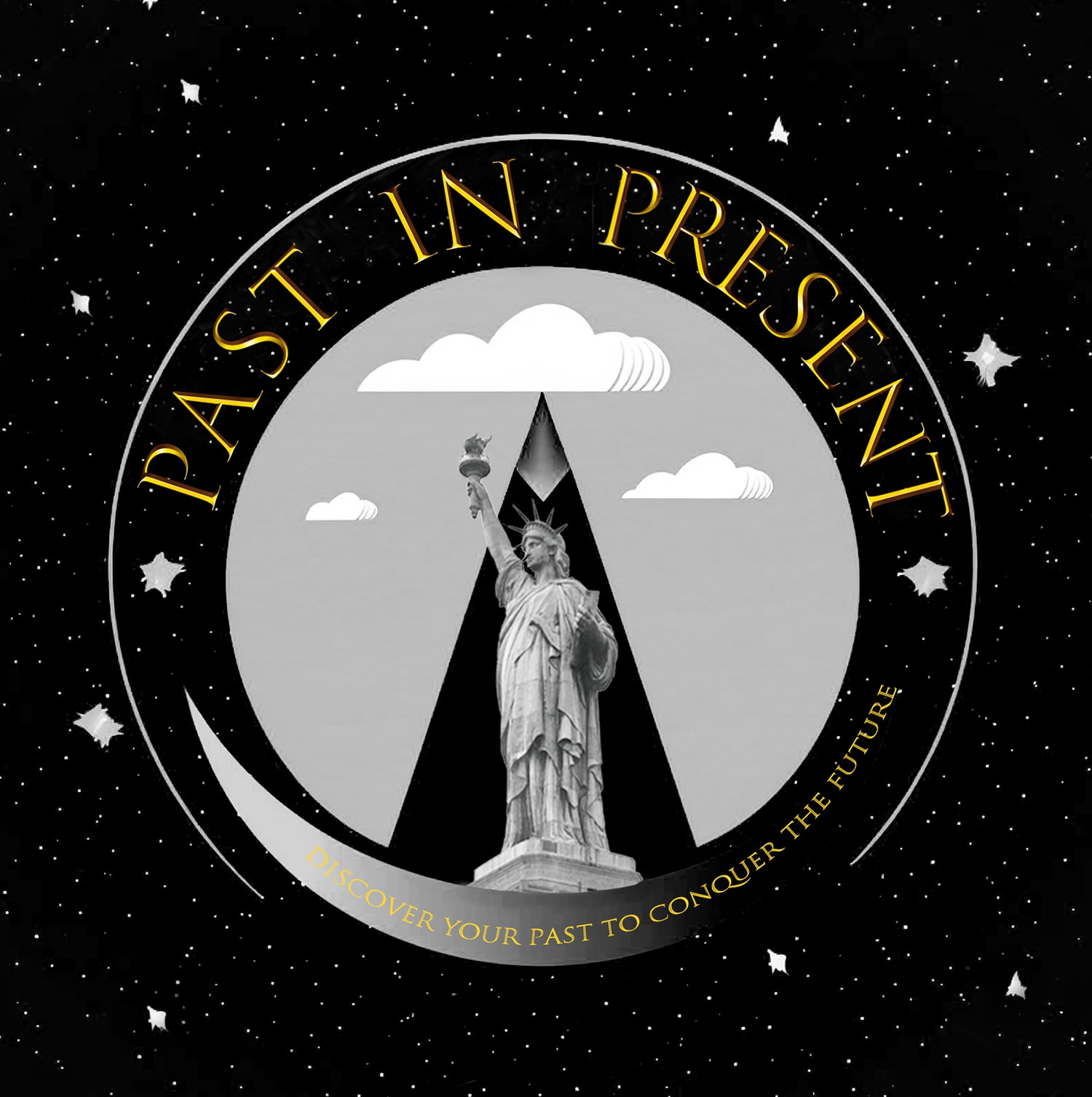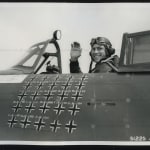-
Artworks
Open a larger version of the following image in a popup: Robert S. Johnson, American World War II flying ace, England. Photo by US Air Force 1944
Open a larger version of the following image in a popup:
Robert S. Johnson, American World War II flying ace, England. Photo by US Air Force 1944
Open a larger version of the following image in a popup: Robert S. Johnson, American World War II flying ace, England. Photo by US Air Force 1944
Open a larger version of the following image in a popup:
Robert S. Johnson, American World War II flying ace, England. Photo by US Air Force 1944
Open a larger version of the following image in a popup: Robert S. Johnson, American World War II flying ace, England. Photo by US Air Force 1944
Robert S. Johnson, American World War II flying ace, England. Photo by US Air Force 1944
Robert S. Johnson, American World War II flying ace, England. Photo by US Air Force , 1944
Original vintage photograph. Watermarks do not appear on the actual photograph.10 X 8PH8444Copyright The US Air ForceCurrency:Further images
Robert Samuel Johnson (February 21, 1920 – December 27, 1998) was a fighter pilot with the United States Army Air Forces (USAAF) during World War II. He is credited with...Robert Samuel Johnson (February 21, 1920 – December 27, 1998) was a fighter pilot with the United States Army Air Forces (USAAF) during World War II. He is credited with scoring 27 victories during the conflict flying a Republic P-47 Thunderbolt.
Johnson was the first USAAF fighter pilot in the European theater to surpass Eddie Rickenbacker's World War I score of 26 victories. He finished his combat tour with 27 kills. He was later credited by the Eighth Air Force claims board with a 28th victory when a "probable" was reassessed as a "destroyed", then reduced back to 27 when a post-war review discovered that the Eighth Air Force had inadvertently switched credits for a kill he made with a double kill made by a fellow 56th Fighter Group pilot, Ralph A. Johnson, on November 26, 1943, a day when Robert Johnson aborted the mission after takeoff. On June 13, while flying in a flight led by his squadron commander, Major Francis Gabreski, Johnson shot down his first German aircraft.
Near-fatal engagement:
One of the 56th's worst setbacks occurred on June 26, 1943, when 48 P-47Cs left a forward operating base at RAF Manston late in the afternoon to provide escort for B-17 bombers returning from a mission against Villacoublay airfield in the Paris suburbs. As the P-47s approached the rendezvous point near Forges-les-Eaux, they were jumped from above and behind by 16 Focke-Wulf Fw 190s of II Gruppe, JG 26. The first pass scattered the Thunderbolts, and Johnson's aircraft, flying at the rear of the 61st Squadron's formation, was seriously damaged by an Fw 190 fighter which fired 21 20 mm cannon shells into his fuselage which ruptured his hydraulic system. The canopy was shattered, a cannon shot left shrapnel in his leg and a machine gun bullet grazed the tip of his nose. For a while, the flaming P-47 plummeted from the sky, spinning in spirals until Johnson managed to regain control by kicking left rudder to level the wings and pulling back on the stick. The flames went out at this time as well. Burned and partially blinded by hydraulic fluid, Johnson tried to bail out, but his parachute snagged, and the canopy was damaged and would only open about 6 inches. He tried to pry the canopy loose with no success.
After pulling out of the uncontrolled spin and with the fire amazingly going out on its own, Johnson headed for the English Channel but was intercepted by a single Fw 190. The German fighter began pumping rounds into the helpless Thunderbolt. Bullets and cannon shells tore through the fuselage. Johnson jolted every time a shell thumped into the armor plate. Johnson alternatively hit the rudder pedals to throw off the enemy's aim, causing him to overshoot, briefly giving Johnson the advantage. Johnson fired off a couple of rounds before the German looped around to pull up to Johnson's wing. The pilot looked over Johnson's plane, then shook his head in disbelief, then waved at Johnson before getting back behind him to attack again. After another assault of gunfire, the German pilot once again pulled up to Johnson's wing. He waved again before maneuvering to make a final attack. The German manipulated his rudder to move side to side as he fired, spraying Johnson wingtip to wingtip. Unable to fight back, he maneuvered while under a series of attacks, and although sustaining further heavy damage from hundreds of 7.92 mm rounds, managed to survive until the German ran out of ammunition. The German for a final time pulled up to Johnson's wing. He rocked his wings to salute Johnson, then turned back. His opponent was possibly the commander of III/JG 2, Major Egon Mayer. However, this theory remains unverified. After landing, Johnson tried to count the bullet holes in his airplane but gave up after the tally passed 200 – without even moving around the aircraft. He also saw the 20 mm shell that had exploded behind his headrest and jammed his canopy.
Another pilot from the 56th fighter group, Lt. Gerald Johnson, recounted the engagement differently. He saw two Fw 190s chasing Robert Johnson's aircraft, one covering the other. Gerald Johnson shot down the Fw 190 attacking Johnson's aircraft, but did not locate the second aircraft. After Robert Johnson recounted the story to the group, Gerald Johnson kept quiet to avoid "spoiling his glory", but recorded his version in his memoir.
While Johnson made it back to land at Manston, four other pilots of the 56th FG were killed in action. A fifth pilot, Samuel D. Hamilton, able to extend only one of his plane's landing gear struts, had to bail out over the English Channel and was rescued north of Yarmouth. 56 FG suffered two more P-47s damaged beyond repair, one Johnson's, and at least 5 more severely damaged against 9 Jagdwaffe confirmed claims. Johnson suffered shrapnel wounds and minor burns to his face, hands, and legs, and was awarded the Purple Heart. He resumed flying missions on July 1.






